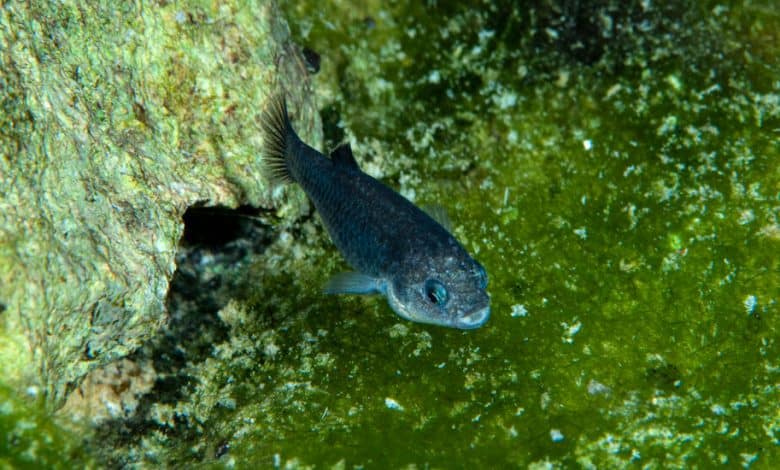The Ever-Resilient Pupfish Makes a Comeback in Death Valley

When it comes to sheer resilience, few, if any, species can match the tiny Devils Hole pupfish.
Cyprinodon diabolis, as the species is known, has the most ruthlessly circumscribed natural habitat of any vertebrate: Devils Hole, an exceptionally deep, water-filled cave in a limestone formation in the unforgiving Nevada desert, where the fish mostly stay on a rock shelf little more than 200 square feet. Not only that, but the pupfish are believed to be one of the most inbred of all species, a lack of genetic variation that makes it difficult for the creatures to procreate and thrive.
And yet, improbably, Devils Hole pupfish are thriving. Late last month, the National Park Service announced that the spring population of the species had grown to 191, the highest in 25 years, according to a count conducted twice a year by scuba divers. Because of seasonal fluctuations in food sources, fall counts tend to be higher, meaning that this year’s tally could be a watershed.
“If, this fall, we have over 300, I’ll be really ecstatic,” said Kevin Wilson, an aquatic ecologist at the National Park Service who has studied the Devils Hole pupfish for more than two decades. (Devils Hole is officially part of Death Valley National Park, most of which is in California.)
If the pupfish census does not seem especially impressive, consider that there were only 35 pupfish left in Devils Hole in 2013, prompting worries about extinction. For now, that danger has receded ever so slightly.
“This is a tremendous success story,” said Christopher Martin, an evolutionary biologist and pupfish expert at the University of California, Berkeley. “Ten years ago, we couldn’t have expected this level of success.”
Biologists have been feeding the pupfish frozen food to supplement their regular diet of algae since 2007. In 2019, the biologists finally arrived at the optimal formula of mysid shrimp, water fleas and blood worms. “This change in the supplemental food probably did enhance that increase in population numbers we’re seeing,” Dr. Wilson said.